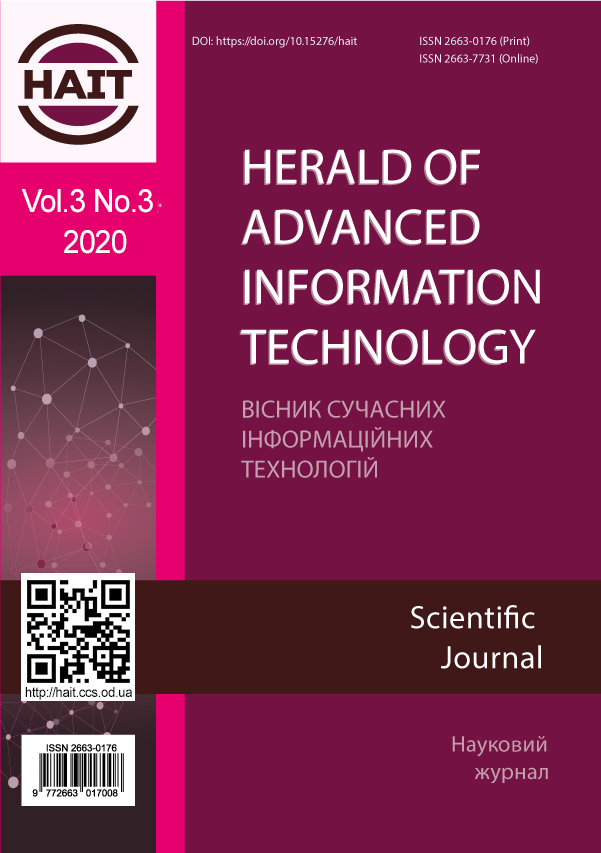Setting up the genetic algorithm for the individualized treatment strategy searching
DOI:
https://doi.org/10.15276/hait.03.2020.2Keywords:
genetic algorithm, individualized treatment strategy, correlation feature selection, random forest classifierAbstract
The genetic algorithm is a verified mechanism for optimization task solutions. Being a heuristic algorithm, it allows speeding up the task solving by the biological evolution principle use. Recently, this algorithm was offered as a method of an individualized treatment strategy search, where it was necessary to optimize the patient’s state in the distant period, going through various treatment combinations. In that research as an optimization function, the additive convolution function of the patient’s state indicators in the distant period was used, obtained with the help of Saaty analytic hierarchy process, which is one of the multi-criteria decision making methods. Despite showing good results, the genetic algorithm was set with standard parameters. Taking into consideration a big quantity of the parameters, the present study has the aim to find the optimum parameters for the algorithm. First of all, it is necessary for those, who incorporate this algorithm in their work, namely doctors, when they need to prescribe a treatment for a patient. The study describes the analysis of various genetic algorithm parameters and their use in algorithm test launches for individualized treatment strategy search. Also, the optimal patient’s input parameter subsets were selected, using the correlation feature selection criterion. The selected parameters were necessary for modeling indicators of the patient’s state after treatment. Modeling was performed via random forest classifier with preliminary divided total sample into training (eighty percent) and testing (twenty percent) ones. Two different databases of patients with congenital heart diseases were used for the study, allowing the optimal parameters being more reliable for their future use. In the end, it all allows finding the parameters, which are first of all exclusively recommendatory to the doctors before using the algorithm.








